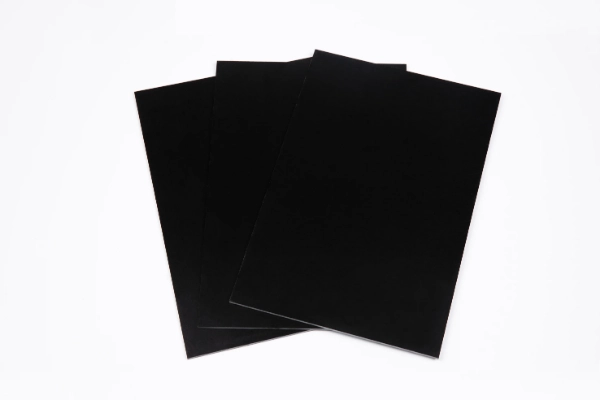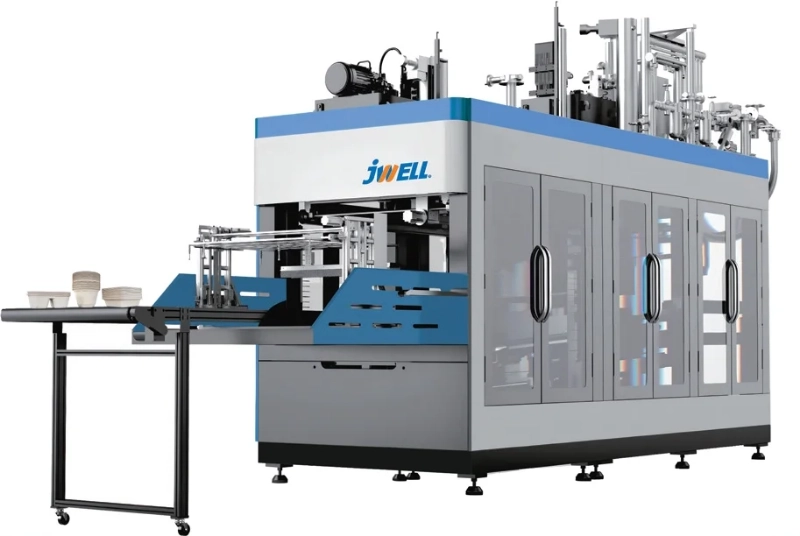In the fast-evolving world of flexible printed circuit (FPC) technology, mechanical reliability, dimensional stability, and electrical insulation performance are paramount. In this blog post, as a high quality epoxy glass laminate sheet manufacturing factory, Blue Sun will share the application of high insulation G11 epoxy glass laminate in FPC reinforcement plate.
1. Understanding FPC and the Need for Reinforcement
Flexible printed circuits (FPCs) are made of flexible polymer substrates, such as polyimide (PI) or polyester (PET), with etched copper traces forming the conductive paths. Due to their excellent bendability and light weight, FPCs are used in dynamic flex and static flex configurations. However, certain regions of an FPC require localized rigidity for:
* Mechanical stability during component soldering
* Connector insertion/extraction forces
* Dimensional stability during assembly
* Prevention of tearing or creasing in high-stress areas
To provide this local reinforcement, stiffeners or reinforcement plates are added to specific areas of the FPC, without compromising the flexibility of the overall assembly.
2. Overview of G11 Epoxy Glass Laminate
G11 is a glass-reinforced epoxy laminate defined under NEMA (National Electrical Manufacturers Association) standards. It is produced by impregnating woven fiberglass cloth with a high-temperature epoxy resin, followed by curing under heat and pressure. G11 is a close relative of G10 but with significantly enhanced thermal and electrical insulation properties, making it suitable for high-temperature and high-voltage applications.
Key Properties of G11:
* Dielectric strength: > 20 kV/mm
* Thermal endurance: Up to 180°C continuous use
* Flame retardancy: UL94 V-0 rating
* Moisture resistance: Excellent
* Mechanical strength: High compressive and tensile strength
* Machinability: Excellent dimensional stability during cutting, drilling, and CNC routing

3. Technical Advantages of G11 for FPC Reinforcement
The selection of G11 as a reinforcement material for FPC applications is based on a careful evaluation of its thermal, electrical, mechanical, and chemical characteristics:
A. High Thermal Resistance
During the reflow soldering or wave soldering processes, temperatures can exceed 250°C. Materials like FR4 or G10 may degrade under repeated thermal cycling, but G11 offers thermal stability up to 180–200°C, with low thermal expansion, minimizing the risk of delamination or warping under thermal stress.
B. Superior Electrical Insulation
G11 exhibits exceptional dielectric properties, with a dielectric constant typically around 5.2 and a dissipation factor of 0.02 at 1 MHz. These properties are crucial for maintaining signal integrity and preventing electrical breakdown, especially in high-frequency and high-voltage electronic assemblies.
C. Enhanced Mechanical Strength
The glass fiber reinforcement provides excellent mechanical properties, including:
* High tensile strength
* Flexural strength
* Compressive strength
This ensures that the reinforcement area can withstand mechanical stress, such as connector mating forces, repeated flexing, or accidental drops.
D. Dimensional Stability and Machinability
G11's high rigidity and resistance to creep make it ideal for precision machining, which is necessary when aligning reinforcement plates with fine-pitch FPC layouts. It does not swell or deform under moisture or heat, preserving tight tolerances during lamination and assembly.
E. Flame Retardancy and Safety
With a UL94 V-0 rating, G11 meets stringent flammability requirements, which is essential in consumer and industrial electronics, where fire safety is a concern.
4. Typical Use Cases in FPC Reinforcement
G11 epoxy glass laminate is used in various forms—solid sheets, precision-cut inserts, or machined components—in the following FPC reinforcement scenarios:
A. Connector Stiffening
At connector ends where ZIF (zero insertion force) or LIF (low insertion force) connectors are used, reinforcement with G11 prevents bending or distortion, ensuring stable mating and reducing wear on contact pads.
B. SMT Component Area Support
When surface-mount devices (SMDs) are soldered onto an FPC, a rigid backing provided by G11 prevents solder joint cracking due to flexural stress, improving reliability and yield.
C. Heat Dissipation Zones
In power circuits or LED modules, G11 stiffeners can act as heat isolation layers, preventing thermal deformation of the flexible substrate while offering dielectric protection between conductive layers and metal housings.
D. EMI Shielding Isolation
Although G11 itself is non-conductive, it can serve as a physical barrier or carrier for metallized layers or tapes, contributing to the electromagnetic shielding structure without compromising electrical isolation.
5. Integration Methods and Manufacturing Considerations
A. Material Preparation
G11 sheets are typically supplied in thicknesses ranging from 0.1 mm to 3.2 mm, and can be machined via CNC milling, punching, or laser cutting. The edges and surfaces must be deburred to avoid damaging the FPC or introducing contamination.
B. Lamination and Bonding
Adhesives used for attaching G11 stiffeners to FPCs must match in thermal expansion and chemical compatibility. Common adhesives include:
* Heat-curing epoxy resin
* Pressure-sensitive acrylic adhesives
* Thermoplastic bonding films
The bonding process typically involves heat press lamination, maintaining alignment with tooling holes or optical registration marks for precision placement.
C. Drilling and Routing
For plated through-holes or vias passing through the reinforcement zone, controlled depth drilling is applied to avoid interfering with the FPC's electrical layers. Routing may also be used to form cut-outs for components or cable paths.
D. Quality Inspection
Post-lamination, reinforcement zones are inspected for:
* Bond strength (peel or shear tests)
* Alignment accuracy
* Delamination or bubbles
* Cleanliness and surface integrity
Automated Optical Inspection (AOI) and X-ray imaging are sometimes employed in high-reliability applications.
Conclusion
The application of high insulation G11 epoxy glass laminate in FPC reinforcement plates is a strategic choice driven by technical necessity in high-reliability electronic systems. With its combination of thermal endurance, mechanical strength, excellent dielectric properties, and dimensional stability, G11 effectively addresses the challenges posed by the flexibility of FPCs in mechanically and electrically demanding areas. As electronics continue to evolve towards miniaturization and increased power density, G11 is set to play an even more critical role in ensuring long-term functionality, durability, and safety of flexible circuitry across diverse industries.
www.bluesun-elec.com.cn
Blue Sun

